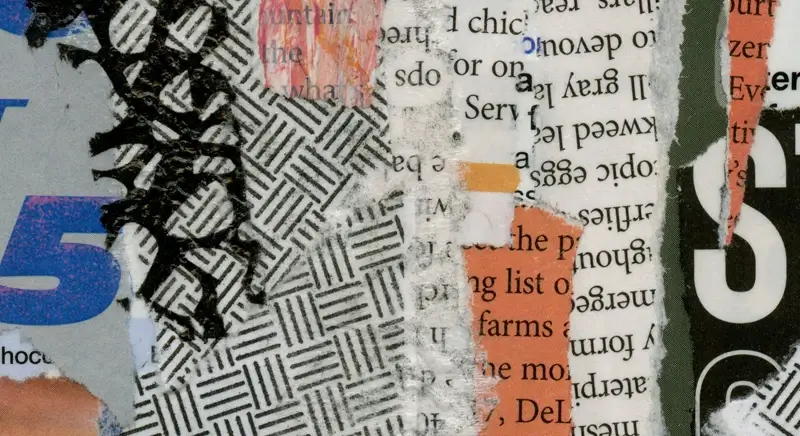We’re not intellectual property lawyers so please don’t interpret this as legal advice. We suggest you talk with your attorney about your specific situation. In the meantime, here are some tips to help you navigate the world of copyright with more awareness:
1. Understand copyright basics
U.S. copyright law protects original work including text, images, videos, music, etc. It grants creators the exclusive rights to use, sell and distribute their work. Unless explicitly licensed or stated, you cannot legally use copyrighted material without permission.
Remember:
- Just because you found it on the internet doesn’t mean you can use it.
- Attribution (providing credit) doesn’t replace the need for permission.
- “Fair use” is limited and often misunderstood. Check with your attorney if you’re not sure.
2. Use only licensed or original content
The best advice is to make absolutely sure you have the legal right to use every piece of content on your website, emails and other outreach. This includes text, images, video, audio—all the content.
- Create your own original text, images, video and other content whenever possible.
- Be careful with AI-driven tools. They can create plagiarized content that you don’t want on your website.
- Use royalty-free stock resources like Unsplash, Pexels, iStockphoto or other professional sources and make sure you comply with their licensing terms.
- If you’ve taken your own photos but the images contain people, get written permission from the subject(s) to use the photo on your website. Be especially careful with photos containing children. Many parents don’t want photos of their children on the internet and it’s important to respect that.
- If attribution is required, make sure you include the credit legibly and in an appropriate place.
3. Ask for permission to use restricted content
If you find the perfect image or other content but it’s owned by someone else (e.g. a newspaper), reach out to them for permission.
- Identify who owns the content. This might be the author of an article, or the organization where you found the content.
- Contact the owner and explain how and why you want to use their work.
- Ask for their terms for granting usage rights.
- If they agree and the terms are acceptable to you, create a written agreement and keep it on file.
4. Steer clear of risky practices
- Never copy text or download an image randomly from search engines or websites and use it on your website. This is asking for trouble.
- Be careful about embedding videos or social media posts. This can be problematic if the original content is copyrighted.
5. Audit your website content on a regular basis
- Review all text, images, videos and music used on your site and double-check that all licenses are valid.
- Remove or replace any content you’re not sure about. Better safe than sorry!
- Copyright check plugins like PicDefense.io for WordPress can detect copyright issues on your site and help protect against potential or accidental infringement.
6. Educate your team and partners
Make sure everyone who creates or uploads content to your website—including interns and consultants—understands copyright rules and adheres to best practices.
- Develop a written policy on sourcing licensed content, use of AI tools and best practices for copyright management.
- Ask your intellectual property attorney to review your written policy and practices to make sure your bases are covered.
- Include training on your copyright management policies in standard onboarding procedures for all internal and external team members who create or upload content to your website.
- Create a shared collection of approved resources and documentation for any licenses secured for specific content.
By understanding copyright laws and being proactive about best practices, you can significantly reduce your risk of copyright infringement and build credibility as you help your website grow.
If you’re a content manager for a WordPress website, you might also be interested in our previous article, Six Content Management Tips for a Healthy WordPress Website.
Happy creating!
Photo by Heather Green on Unsplash



